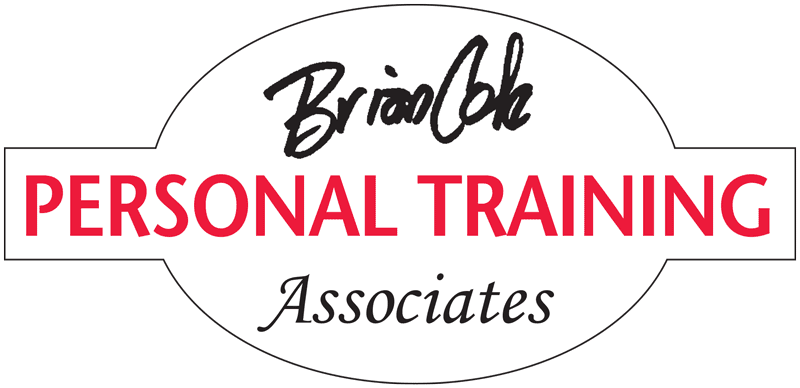The complexity of human anatomy and kinesiology (movement) is obviously fascinating to me. But rather than subject you to technical talk of force couples, frontal planes of motion, agonist/antagonists, synergists, reciprocal inhibition, etc., I’m going to try to share some helpful information in more understandable language.
In addition to strength training, which adds lean muscle tissue to everyone regardless of age and is clearly proven to improve just about every aspect of human existence from equilibrium to energy, we need to be balanced. Not in the equilibrium sense but from one side of our body to the other, from front to back, from upper body to lower body. This balancing allows us to move and to do things more efficiently, more safely, with less pain and less chance of injury. Makes sense, right?
When we walk we use our hip flexors—oops—make that the muscles on the front of our leg to lift it, move it forward, and plant our foot. Then the muscles on the back of the leg are used to push that leg back and propel us forward. We don’t think about all that, of course, but take a moment to picture it. So we balance side to side because each leg is alternately used equally. We balance front to back because muscles on the front and back of our legs are alternately used equally. We’re even sort of balanced upper to lower because we coordinate our arms with our leg movements.
Now let’s look at a couple of popular cardiovascular/cardiorespiratory exercises. Our lifestyle of increasing convenience in the 21st century involves a lot of sitting. We sit when we eat our meals, at our desks, in our cars, in front of our televisions, at most entertainment and sporting events, etc. The muscles that would be normal length when standing are crunched, inactive, shortened, become tight as a result and cease to work loosely, comfortably and freely. We are designed so when that happens the opposing muscles also automatically stop working efficiently to protect us from hurting ourselves. It’s a subconscious checks and balances feature. So if our lifestyle involves a lot of sitting, a lot of muscles aren’t functioning well.
Our primary exercises should at least try to re-balance us and therefore should be done while upright. Am I saying cycling or spinning are bad for us? No. I am saying they should not be the primary focus but should be used to complement more upright body movements. The same with seated weight resistance training machines. We should learn to use our stand-up muscles safely and efficiently.
Oh, like treadmills, right? Well, not exactly. Remember how we walk. On a treadmill we lift our leg using the muscles on the front but then the efficient belt just takes the leg back with no muscle involvement necessary. Creating imbalance? You bet. Better than sitting on the couch? Yes, it definitely is. But to be complete, some exercise is needed to re-balance and train the opposing muscles on the back of the leg (hamstrings) and the butt (gluteals). Or walk on a stable surface without holding onto rails.
Is all this too picky? Only for health nut extremists? No, all this will help you be healthier, move better, have fewer aches, pains and injuries and be re-balanced.

